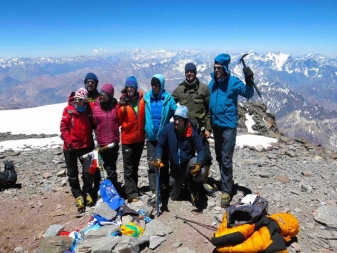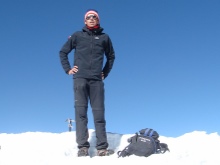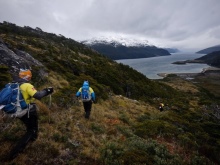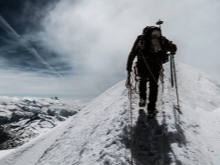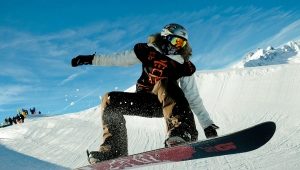Winter trekking boots
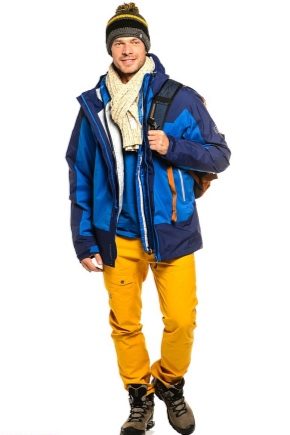
One of the most popular types of hiking is trekking, which means moving through mountainous, rugged terrain. Today, there are enough conquerors of peaks, and simply mountain lovers who daily browse a bunch of sites in search of suitable equipment and trekking shoes in particular, because it is a necessary guarantee of successfully completing a given route. Properly selected shoes will not allow you to get your feet wet or get blisters. They will contribute to the reduction of fatigue and will be able to provide the novice or avid traveler with full comfort and safety of the legs, especially during the winter period.



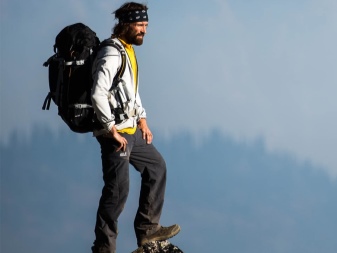


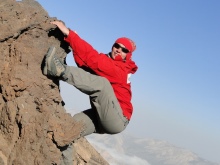
Varieties
Since considerable demand gives rise to a similar supply, there are far more than a dozen varieties of trekking boots. The correct setting of goals will help you make a choice, namely in what conditions you will wear boots: season, degree of difficulty of the hike, features of the trails, backpack weight and your level of training. If the passage of a rather difficult route with a heavy backpack is planned for the winter period, then both the fixation of the ankle and the sole must be rigid, and also have certain properties.



In general, the following types of trekking boots are distinguished:
- for light trekking;
- for medium trekking;
- for heavy trekking;
- climbing shoes.
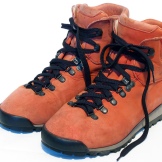
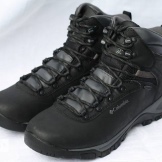
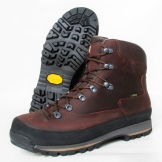

If you're looking for a boot that should keep you warm in the cold, then light trekking boots are not a viable option. In most cases, these are textile (sometimes they can be made of thin leather), low boots that are not wear-resistant and also resistant to low temperatures. Their materials and seams are too soft for surfaces with sharp scree, mud, ice and snow. The use of crampons or snowshoes with such boots is very often contraindicated.

Subject to the passage of a serious tourist route in winter, experienced travelers are advised to choose shoes that have:
- reliable and tight fixation of the ankle;
- durable and non-slip sole;
- heat preservation properties;
- water resistance.
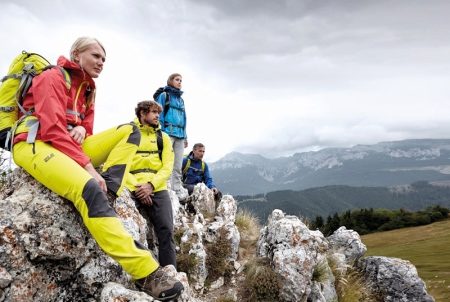
For high loads
It is for hiking, where extreme conditions are indispensable, that shoes should be looked for, starting from the “for average trekking” level. Such boots, of course, are heavier than the previous ones, not as durable as climbing boots, but they are used by specialists with the epithet "universal". Their purchase will not empty your pockets, because the price can be quite acceptable. And the list of destinations where you can go to them includes the polar countries.
Basically, these shoes are membrane, rubberized on all sides, shoes with a plastic sole. High and rigid, they allow you to protect the foot from dislocations and moisture. Professionals also note stable vapor permeability, which is an additional comfortable advantage. You can walk in the snow in them, but it is not entirely correct to call them 100% winter shoes.The fact is that most models, although warm (made mainly of nubuck, leather or cordura with a thick lining), still do not have a special insulation. -10 degrees is the maximum temperature for their comfortable use.
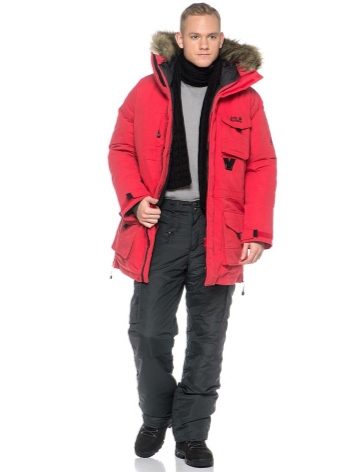

Soft crampons, touring skis and snowshoes can often be used with medium trekking boots. That is why novice tourists, as well as lovers of skiing in the forest, should pay attention to shoes of this class.

For professionals
A step up are boots for heavy trekking. These are shoes for polar explorers and mountain tourists who go on difficult expeditions or make serious and planned ascents to high altitudes. The main differences between these boots are:
- hard, extra hard sole;
- the presence of a welt for cats at the back (semiautomatic);
- thick layer of shoe upper material.
They often have an additional layer of insulation, which is designed for harsh winter conditions. Such shoes are closest to the next class, namely climbing boots, whose name speaks for itself.

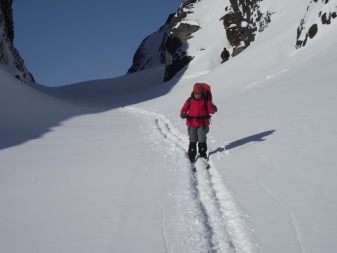
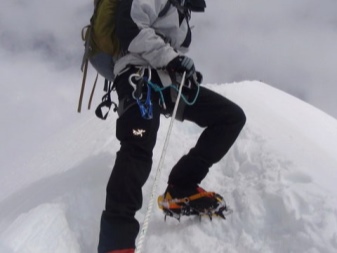

Well insulated and rubberized, with special protection against snow getting inside, the boots are equipped with complex lacing and multi-layer soles. The latter is quite often complemented by steel reinforcements, as well as welts for crampons or ski bindings for a ski tour. Some models are made in the form of a construction of several layers, which is two boots (inner and outer), one of which is nested inside the other. At the same time, the upper one can be made of plastic, which is highly resistant to frost and moisture.
This is a tough, heavy shoe designed for climbing big peaks, not for traveling the usual routes.If you are not a professional climber, then you do not need to spend a decent amount of money on such specialized equipment.

Top Leaders
The top trekking boots include shoes under the logos of such brands as Salomon (France), Asolo (USA), Skechers (USA), Lowa (Germany). Among others, many experts highlight the line of winter shoes Skechers North Summit and the German manufacturer, namely the Tibet Superwarm GTX Lowa model.



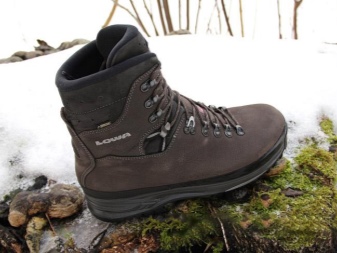
This product is a men's winter boots with reinforced water-repellent and wear-resistant qualities. The unique Primaloft Footwear technology is responsible for the warmth of the feet. This is a special, incredibly light insulation using ultra-thin fibers, elastic and hypoallergenic. These boots are designed for long hikes with a full backpack. They protect the ankle from physical damage, thanks to the high shaft and additional reinforcements.
The sole is made of rubber of varying degrees of hardness and special textile inserts, the tread is self-cleaning. The result is excellent grip on all types of surfaces and a high degree of slip resistance.
The absence of internal seams will add comfort, and the moderate price will give confidence that this is a great choice for a fan of winter landscapes.

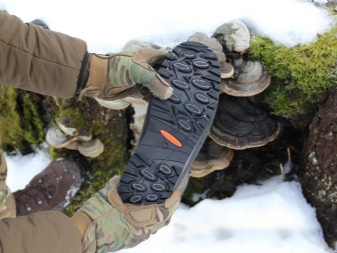
How to choose
You should be careful when buying trekking boots. Buying on the Internet can sometimes be profitable, but there is a chance of miscalculating the size, in which case it is best to take a full measurement of the leg and check with the seller online. Some models are worth buying a little larger, given that they will be worn on thick woolen socks.Therefore, if possible, try on products before buying, walk around the store, raise and lower your leg several times.


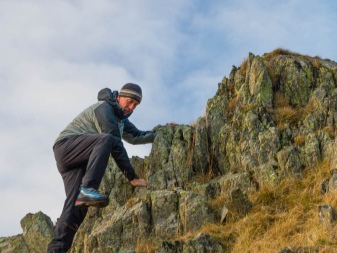
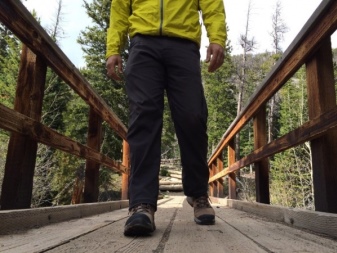
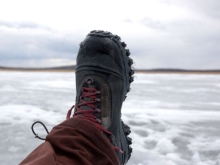
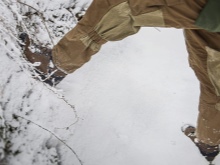
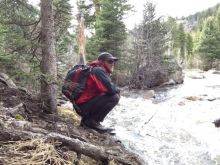
Having decided on the characteristics, design and having made a real fitting, you can get not just shoes, but an assistant in the successful completion of long and exciting journeys.
